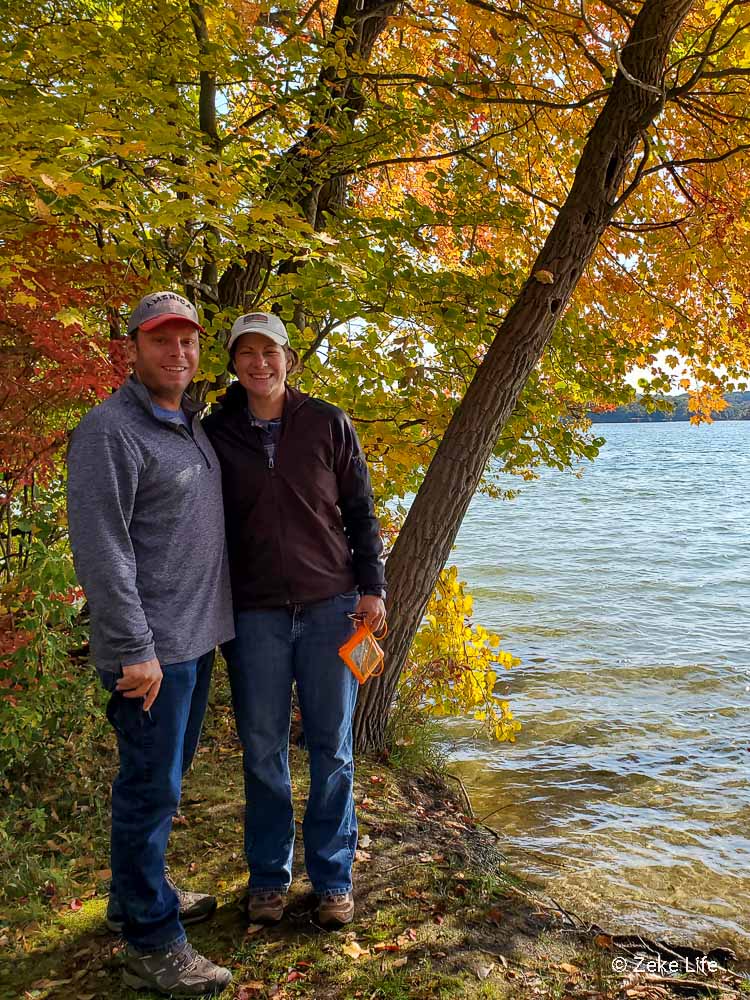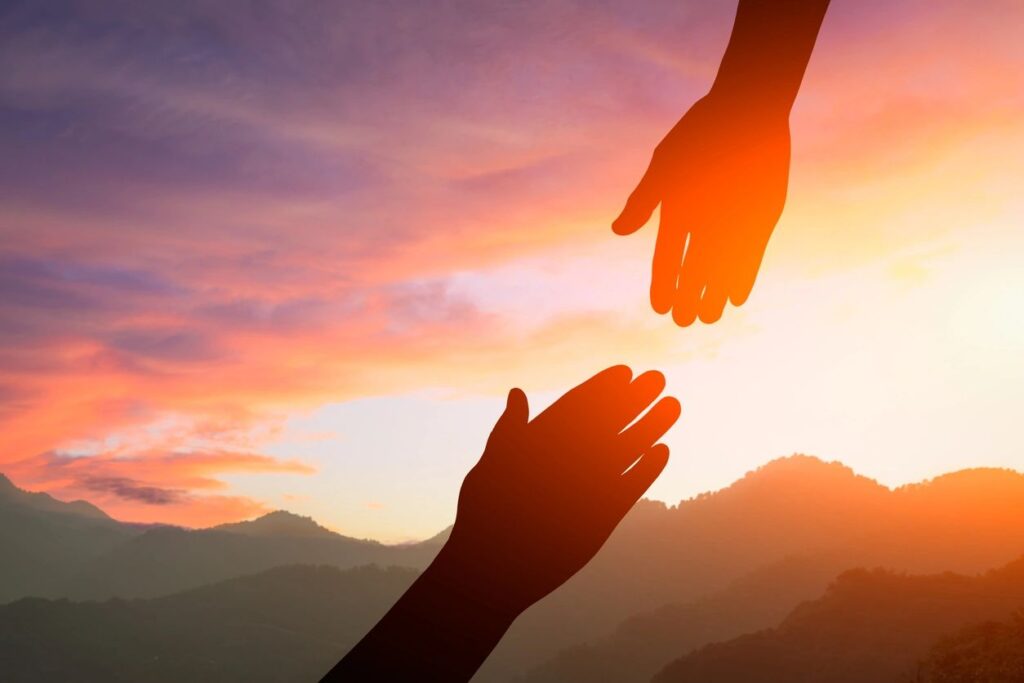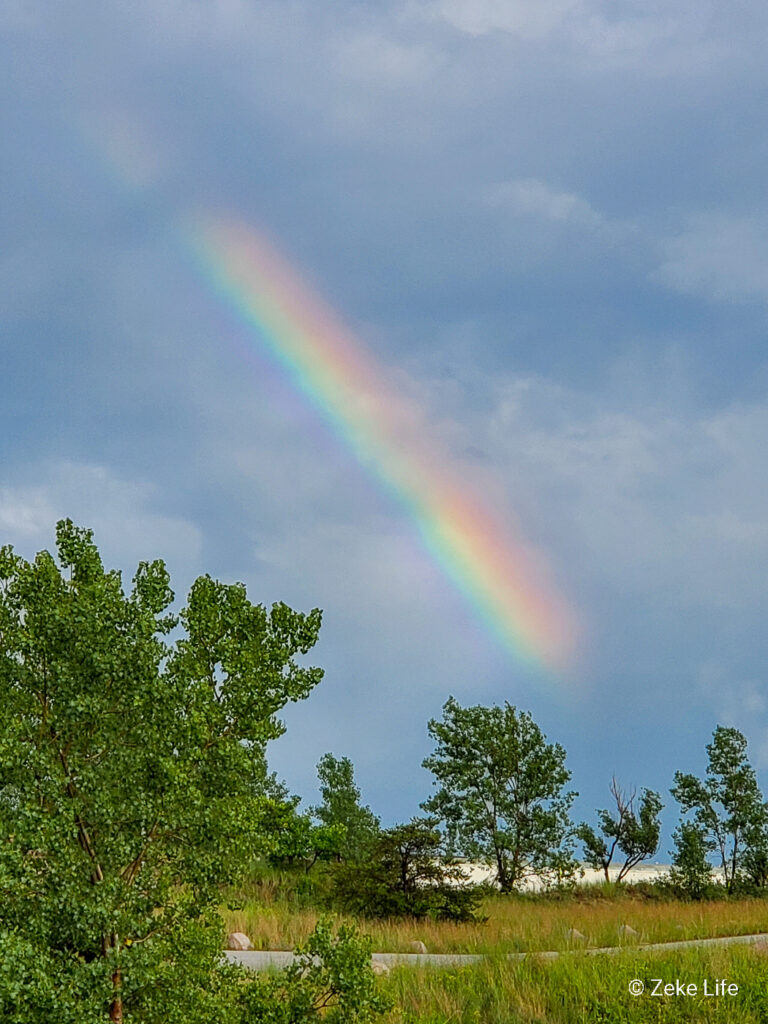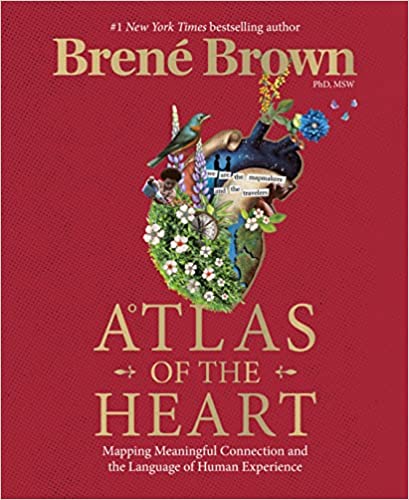This post may contain affiliate links*
Month of Thankfulness

November is often considered the month of Thankfulness and Gratitude; after all, in the US, we celebrate Thanksgiving this month. Instead of taking one day to think about what I’m thankful for, I want to be grateful every day, in every situation.
“Never stop praying. Be thankful in all circumstances, for this is God’s will for you who belong to Christ Jesus.”
1 Thessalonians 5:17 – 18 NLT
(bold and emphasis added by me)
Gratitude Defined
Gratitude, or Gratefulness, is a feeling, an emotion, a mood, a personality and a character trait. But similar to other skills and character traits, the art of appreciation must be practiced regularly for growth and well-being.

“Gratitude is an emotion that reflects our deep appreciation for what we value, what brings meaning to our lives, and what makes us feel connected to ourselves and to others.”
– Brené Brown,
Atlas of the Heart: Mapping Meaningful Connection and the Language of Human Experience
According to Brené Brown, in her new-ish book, Atlas of the Heart: Mapping Meaningful Connection and the Language of Human Experience: “There is overwhelming evidence that gratitude is good for us physically, emotionally, and mentally. There’s research that shows that gratitude is correlated with better sleep, increased creativity, decreased entitlement, decreased hostility and aggression, increased decision-making skills, decreased blood pressure – the list goes on.”
Good Things Happen
Ok, so there’s good things that happen when we practice gratitude. But how can we do it? And do it regularly? I put together the following list from several articles that I read on practicing gratitude and learning to be more grateful:
- Notice the good things
- Take time each day to think of (at least) 3 things that you are grateful for
- Make a vow or oath to practice gratitude, write it down and keep a gratitude journal as well.
- Practice gratitude motions and rituals such as smiling, saying thank you and praying before eating to notice and appreciate even the small acts of everyday life.

- Savor the feeling of gratitude
- Take time to pause and absorb the feelings of true, genuine gratitude as the moments happen throughout your day. Even remembering bad or difficulties can be helpful to contrast and notice how far you have come.
- Try to capture moments with all of your senses (touch, see, smell, taste and hear)
- Meditate on your relationships with others (family, friends, coworkers, partners, etc.) by asking what have I been given from _______, what have I given to _______, and what difficulties have I caused?

- Express gratitude
- When you thank someone, you are continuing the cycle because you notice and appreciate the good, plus your relationships will be strengthened by sharing your gratitude with others
- Use the language of gifts, giver, blessings, blessed, fortune, fortunate, and abundance to focus on what others have done for you (vs. what you do)
- Continuously look for and at new situations and circumstances with an open and creative mind to build your gratitude muscles

List above pulled together from these two articles, “3 Ways to Practice Gratitude” and “How to Practice Gratitude”
Double The Benefit

The following quote was taken from the article “The Science of Gratitude” by Jamie D. Aten, Ph.D. and it was said by Peter C. Hill, a professor of psychology at Biola University’s Rosemead School of Psychology:
“Many religious people thank God as the source of all goodness, which includes the goodness of others for which one is thankful. If I choose to thank God for my family, for example, I am experiencing a double dose of gratitude—toward God and toward those others. That may double gratitude’s benefits.”
I’m always looking for ways to increase my gratitude, so if I thank God first for the people, experiences and things in my life, then I may be doubling the effects of my gratitude. What a thought!

What Do you think?
What helps you be more thankful? How do you build your gratitude muscles? Please share your feedback below. I’d love to hear and learn from you!
– Kara from Zeke Life
Live like Zeke
You’re such a good boy!







